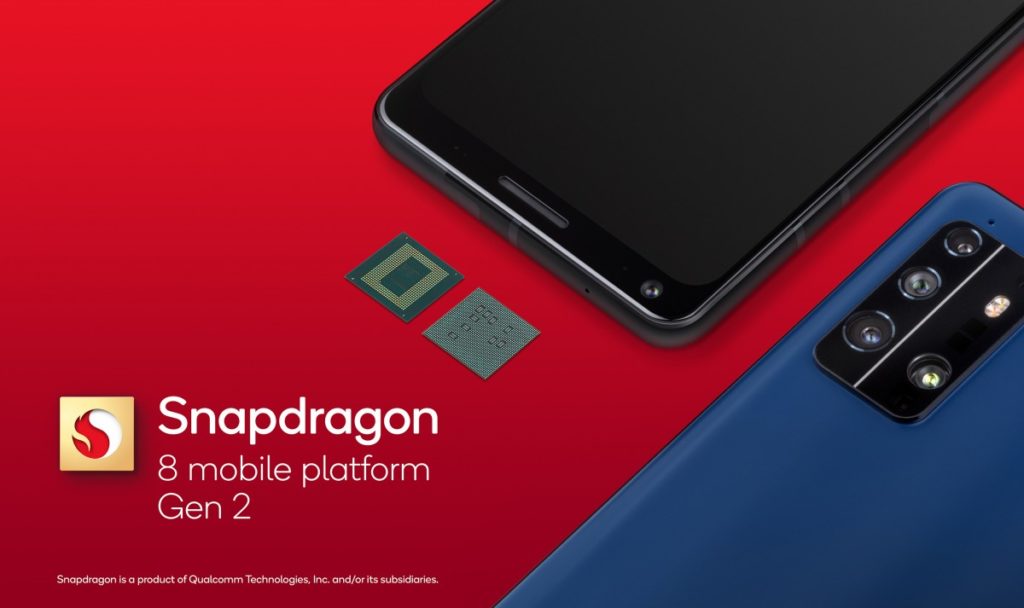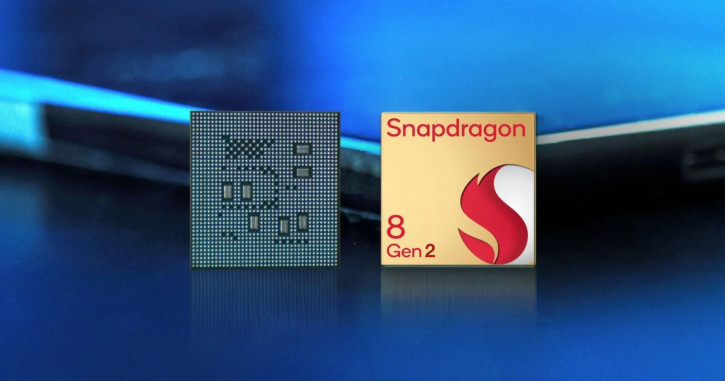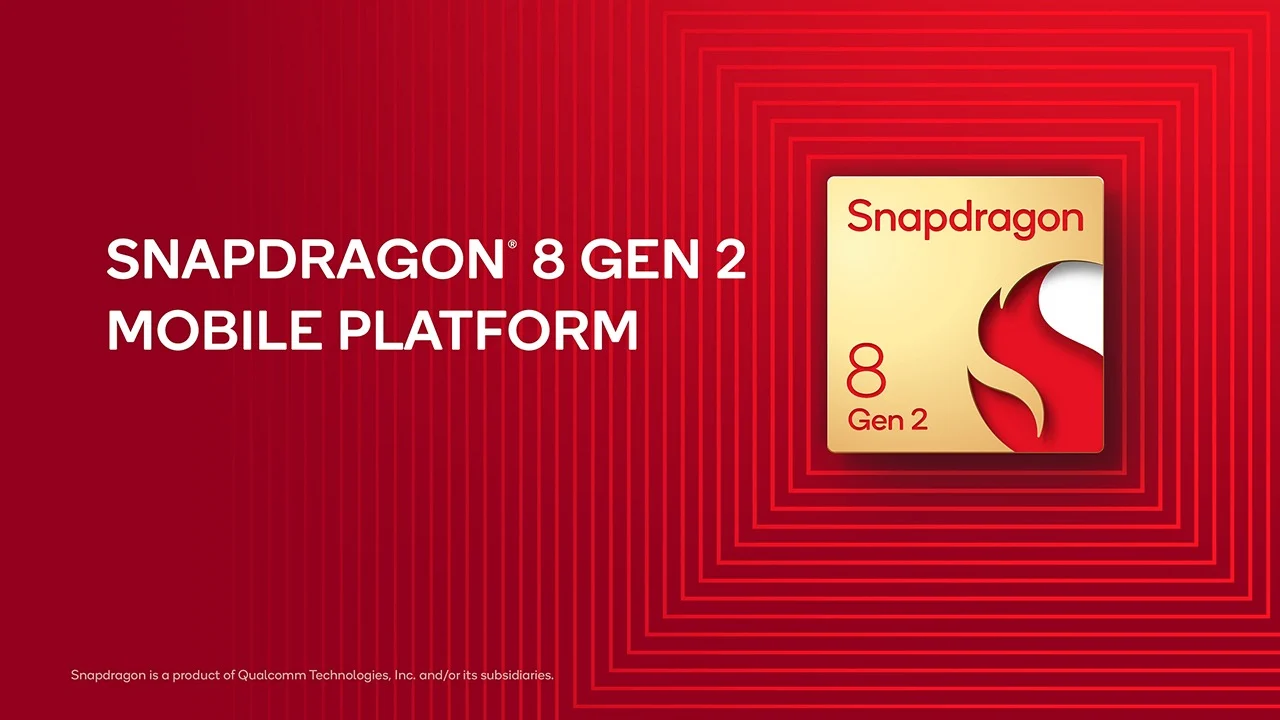Qualcomm has unveiled the latest iteration of its flagship chip, Snapdragon 8 Gen 2. The new silicon has a new cluster config. The American SoC maker tied with Taiwanese company TSMC to manufacture the chip on a 4nm process. Let’s know more about Snapdragon 8 Gen 2 in this article.
Snapdragon 8 Gen 2 Overview
New Cluster Configuration
This silicon will be powering the upcoming flagship phones of 2023. The codename for this silicon is SM8550 Kailua. With TSMC’s 4nm nodes, the new chip is getting better thermal management. And it has arrived with a new cluster configuration this time. The new config is a 1+4+3. Before, the company has been using a 1+3+4 configuration. the Snapdragon 8 Gen 2 brings a 2nd Gen Armv9-based CPU cores.
The previous config is quite popular among SoC makers for flagship chipsets. For example, Snapdragon 8 Plus Gen 1 has 1×3.2 GHz Cortex-X2 & 3×2.75 GHz Cortex-A710 & 4×2.0 GHz Cortex-A510 configurations. It comes with the main ARM core, three moderate cores, and four power-saving cores.

The Kryo CPU on the Snapdragon 8 Gen 2 consists of one prime core based on the ARM Cortex-X3 clocked at 3.2GHz. While the four performance cores are at 2.8GHz and three efficiency cores at 2.0GHz. Compared to last year’s chipset, these are 200MHz to 300MHz faster. The company claims a 35% CPU boost than the previous generation and 40% more power efficiency.
Hardware-Based Ray Tracing
On the GPU side, the new Adreno 740 GPU is also coming with a 25% performance boost alongside 45% power efficiency than the last gen. Not only this, the new GPU is now coming with hardware-based Ray Tracing for next-level gaming. It will enhance the reflection and shadows on games to cater closer to real-life graphics for supported games. Becoming the first mobile GPU to support Vulkan 1.3 API and OpenGL ES 3.2 framework, Adreno 740 is set to be the new benchmark for mobile gaming. With the new CPU and GPU combo, it brings support for faster memory such as LP-DDR5X RAM at up to 4,200MHz and new UFS 4.0 storage.

Do Read:-Apple M2 Chip Unveiled with Better Performance & Better GPU
AI and New 5G Modem
With the Hexagon processor, Qualcomm has promised up to 4.35x faster Artificial Intelligence (AI) performance. On top of that, the chip also boasts the power to translate a language into multiple languages in real-time. It is also the world’s first chip to have support for Wi-Fi 7 technology.
For 5G, the silicon packs a Qualcomm Snapdragon X70 modem which has its own AI processor for boosting 5G performance. Likewise, there is also support for dual active 5G SIMs making it possible to use two 5G networks simultaneously.
Display and ISP Support
Talking of display support, the chipset comes with support for QHD+ resolution at up to 144Hz or 4K resolution at 60Hz. Furthermore, it also supports external displays up to 4K resolution at 60Hz with a 10-bit Rec. 2020 color gamut, HDR10+, and Dolby Vision.
Coming to the camera department, the silicon has the 18-bit triple Cognitive ISP, the first AI-powered camera processor on the lineup. This new ISP supports up to three 36MP cameras simultaneously or up to 200MP for a single camera. Similarly, it can accompany 108MP camera sensors with zero shutter lag.

The company has also done some optimization for the latest Sony and Samsung sensors as Sony sensors with DOL-HDR and Samsung’s 200MP HP3 sensors for compatibility with the ISP of the silicon.
When will it hit the Market?
The new silicon is the prime target for OEMs to power their upcoming smartphones. Xiaomi has already announced the debut of a flagship phone with the chip, making it one of the first companies in the market. Similarly, Vivo, Oppo, Honor, iQoo, Sony, Meizu, and Sharp are also on the line to bring in the horsepower of the latest and greatest Android chip. Also, Samsung’s S23 Series lineup is also said to arrive with this silicon. We might get to see the Snapdragon 8 Gen 2-powered phones by the end of 2023.
Also, Read:-Apple M2 Chip Unveiled with Better Performance & Better GPU
So, what do you think of Snapdragon 8 Gen 2 chipset? With the TSMC’s superior 4nm modes, it will offer much better performance and thermal management, won’t it? Do write us your thoughts and views in the comment section below.













